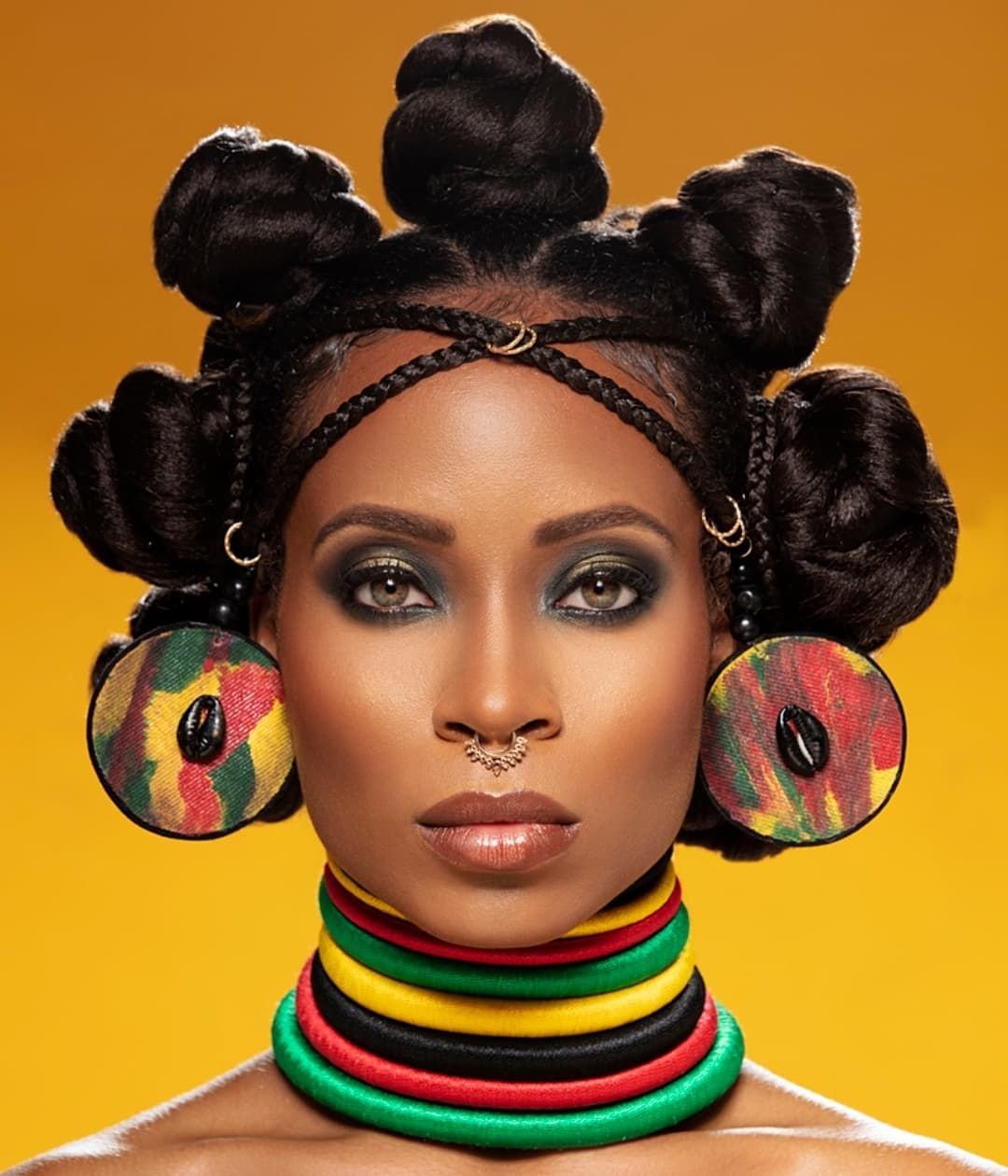Once upon a time, a braid was just a braid. But in today’s culture-soaked, globally connected world, hair braiding has quietly transcended its roots to become more than just a style choice—it’s evolving into a powerful statement of unity. In an era when division dominates headlines, isn’t it wild that something as simple (and ancient) as a three-strand twist could be part of the solution?
Let’s unpack this movement—with a little style, a little soul, and a lot of substance.
🌍 We’re Not So Different, After All
In the swirl of daily life, one truth keeps emerging: we’re all living under the same global roof. Whether you’re rocking a silk press in Lagos, a messy bun in Los Angeles, or Fulani braids in London—our style choices reflect something deeper than trends. They reflect our shared humanity.
Braids—like language, music, or food—are a cultural code. But more and more, they’re becoming everyone’s language. From TikTok tutorials to red carpet moments, we’re watching a global generation braid together history, identity, and creativity.
Dr. Nia Banks, cultural anthropologist and author of “The Politics of Beauty,” notes:
“What we wear—on our heads or bodies—is no longer just about aesthetics. It’s about signaling where we come from, who we stand with, and how we see the world. Braids are now part of that larger cultural conversation.”
🏟️ If Sports Can Do It, Why Not Style?
Let’s be real—nothing brings people together like a shared goal. Just like the Olympics unites nations or football fans cry together in packed stadiums, fashion (yes, fashion) is becoming its own form of social glue.
Think of hair braiding as the unsung MVP in that space. At music festivals, on college campuses, in boardrooms and back alleys, braids are making appearances across cultural lines. And unlike in the past, the conversations are shifting from appropriation to appreciation.
This doesn’t mean forgetting history. It means embracing a richer, more respectful exchange of ideas. As fashion editor and stylist Kemi Adebayo puts it:
“We’re witnessing a new era where beauty isn’t borrowed—it’s honored. And braids? They’re the perfect metaphor for weaving stories together without losing the thread of where they come from.”
📲 The Digital Thread That Braids Us
Social media gets a lot of flak—and some of it is well deserved. But here’s the upside: it’s helping us braid our way into global connection. Platforms like Pinterest, Instagram, and YouTube have made ancient techniques from Ghana, India, and the Caribbean instantly accessible. Tutorials go viral. Dialogue happens. Credits are given. Voices are amplified.
In a time when AI can mimic art, and fast fashion churns out trends by the minute, the braid has managed to hold on to its soul. And in many ways, the internet helped it do that.
✊🏽 No More Fuss Over Who Wears What
Here’s a truth bomb we need to normalize: a white woman wearing cornrows isn’t the apocalypse. Not if it’s done with understanding, respect, and acknowledgment of its cultural roots.
Cultural exchange isn’t erasure—it’s evolution. Braids on non-Black women used to spark outrage. But as more people recognize and respect the origin stories, the narrative is shifting. We’re learning that identity doesn’t have to be protected by exclusivity—it can be enriched by openness.
This doesn’t mean there’s no line. It means we’re learning to walk it better, together.
🔄 So, Can Braids Really Unify a Generation?
Maybe not single-handedly. But they’re certainly a symbol—a stylish, intricate, ancient, and unshakably powerful symbol—of what’s possible when we stop drawing lines and start weaving them.
Braids tell stories. But more importantly, they connect them.
And maybe, just maybe, that’s the kind of beauty we need right now.
🖤 Let’s Keep It Twisted (In a Good Way)
So whether you’re team box braids, goddess locs, or boho twists, know this: you’re part of a growing tribe that’s reimagining what unity looks like. One braid at a time.
Ready to embrace braid culture with fresh eyes and an open heart?




Paradoxical as it may sound, Braids…yes, I mean hair braiding is an interesting example of a culture that unifies all gender, age, race, religion, creed, national, color, and ethnicity.







Historically, the origin of braids dates back 5000 years in African culture – popular among women and uniquely identifying each tribe, age, marital status, personal and social influence, power, religion etc. In today’s culture, braids have different forms of expression; adorned and worn in several fashions. Now, popular among men and women, of different ethnicity and race, pop culture and celebrities, elders, and even children.




There is an obvious paradigm shift from a cultural movement that braids are synonymous with black people’s natural features. Where are now experiencing a much larger movement responsible for the popularity of the afro, braids, and cornrows among a wider generation comprising other race, color, and culture across the globe.
Symbolism of any type of culture, to a particular race or origin is understandable, but no woman of any color should feel the need to defend her choice of hairstyle.






